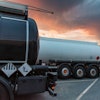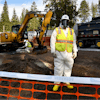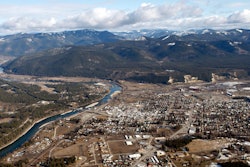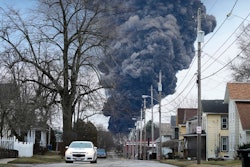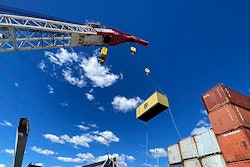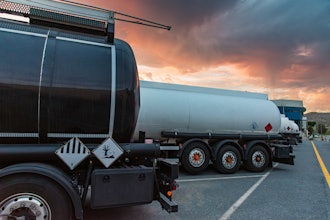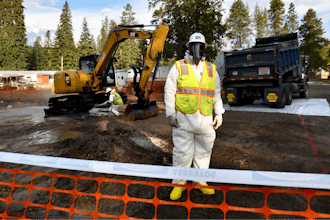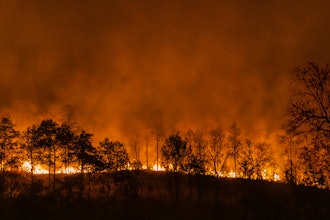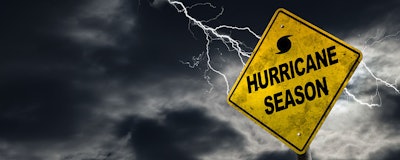
 title
titleAtlantic hurricane season officially kicked off on June 1. Over the last 15 years, numerous devastating Hurricanes — Sandy, Katrina, Irene and Matthew — have struck and there is an ever growing awareness of how much damage these natural disasters can cause.
Failing to properly prepare and protect a facility’s electrical equipment from damage can greatly hamper productivity while also creating financial losses and pose safety risks.
Here, Chad Kennedy, Industry Standards Manager for Power Equipment at Schneider Electric, discusses steps facility managers can take to protect equipment in advance of storms as well as best practices to keep employees safe during a natural disaster.
IMPO: Many predictions show that the 2017 hurricane season will be active and above average. How would you rate the awareness level of manufacturers/industrial facility operators in terms of hurricane/major storm protection?
Chad Kennedy: The awareness level among facility operators is much better today when compared to a decade ago, but many of them are faced with significant challenges when preparing an aging infrastructure for a natural disaster. I hypothesize that many facility operators have experienced a weather-related event, and often procedures and processes are put into place to anticipate that situation, should it occur again in the future. However, many facilities have not conducted a comprehensive scenario review that can result in the facility being unaware and unprepared to react to avoid significant impact.
IMPO: What are the key things facility managers can do to protect their electrical equipment in advance of these storms?
Kennedy: Document the electrical system and ensure that information is current and accurate at all times. Prepare for and exercise an orderly shutdown of the electrical system as much as possible. Consider consequences of wind damage to communications and infrastructure that also impact electrical infrastructure. Move critical equipment or take measures to prevent flooding of this equipment. Understand which equipment will likely be impacted and how this equipment will be replaced.
IMPO: Flooding is perhaps the biggest risk that comes with these storms. For those facilities in flood-prone areas, what kind of products/equipment should those facilities have to prepare for it?
Kennedy: Electrical equipment installed in flood-prone areas will likely be submerged under water. Equipment with enclosure types 6 or 6P will provide substantially better performance than other enclosure types for temporary or prolonged submersion, but is important to recognize that these ratings are water based. Flooding from natural disaster events typically involves water that is contaminated with salt, waste water and other chemicals that are outside the enclosure type rating and detrimental to electrical equipment. Have the systems subject to flooding been designed to be isolated from the rest of the electrical system? This may permit an alternate source to be used or the system reconfigured to support continued operation while the water damaged equipment is replaced.
IMPO: Besides protecting the equipment and the facility from storms, what should operators do to ensure employee safety during these storms?
Kennedy: The safety of employees is the first priority for any facility. Employees should be removed from the area to a safe location until the storm has passed and the site has implemented the disaster recovery plan. The first steps in the disaster recovery plan should revolve around ensuring the site is safe for personnel to begin the recovery operations.
IMPO: Anything else our industrial maintenance readers show know about the effects of hurricanes/storms on their electrical equipment?
Kennedy: Ensure you have a plan for the connection for temporary power generation. Unintended backfeed of power often results in the injury or death of electrical workers during recovery operations. Electrical equipment that has been flooded must be inspected and evaluated by qualified personnel. Expect that most electric equipment will need replacement. Attempting to dry, clean and reuse electrical equipment that has been flooded may seem attractive when pushing to get the power back quickly, but this creates a hazard to both property and personnel. Establishing a maintenance/recovery contract before disaster strikes is the best means to protect your investment and support the immediate dispatch to support recovery and bring your facility back on-line.

